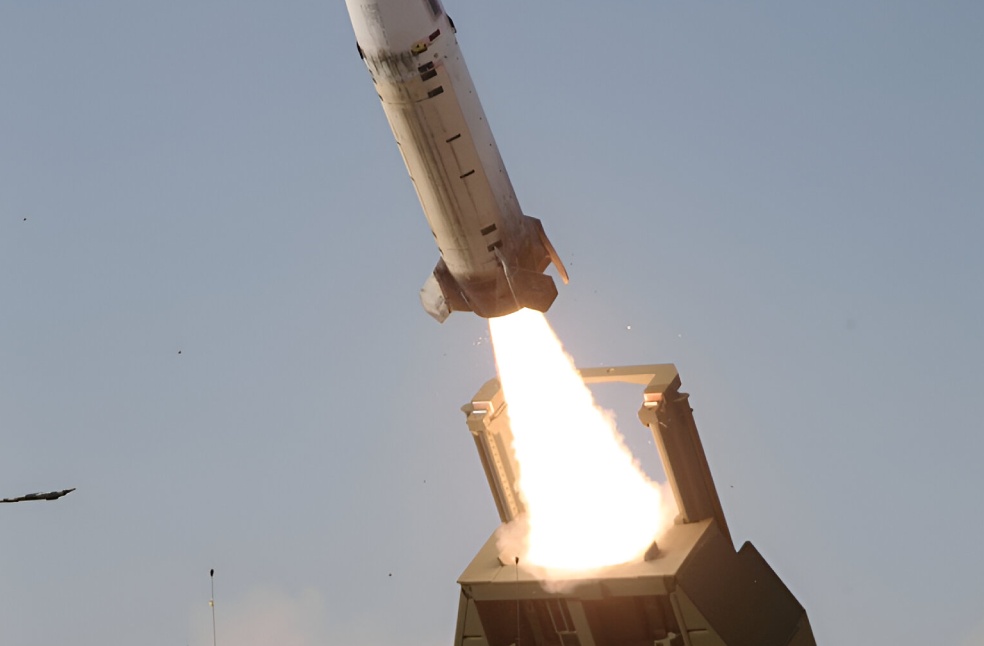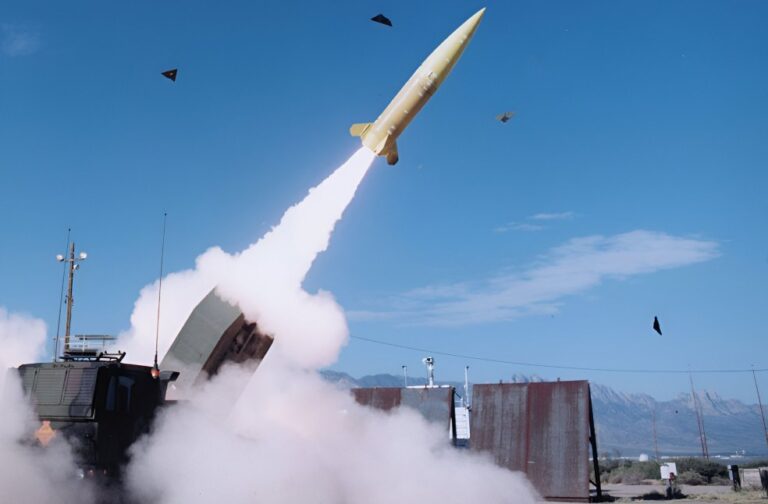Ukraine: The US has permitted Ukraine to use its long-range missiles, Army Tactical Missile System (ATACMS) for strikes on Russian territory. The move marks a significant reversal in US policy, as Washington had previously restricted Kyiv’s use of such weapons to avoid escalating the war.
The decision comes just two months before President Joe Biden hands over power to Donald Trump. It reportedly seeks to counter the recent deployment of North Korean troops to the Russian border region of Kursk, where Ukrainian forces currently hold over 1,000 square kilometers of territory.
The ATACMS, produced by Lockheed Martin, are among the most powerful weapons delivered to Ukraine. With a range of up to 300 kilometres (186 miles), they will allow Ukrainian forces to target Russian infrastructure, ammunition depots, and troop positions in regions such as Kursk.
Though doubtful to decisively shift the war’s momentum, analysts see the missiles as a crucial psychological boost for Ukraine, especially under low morale and Russian gains in the east. Western diplomats have characterised the move as “symbolic” but a necessary step to demonstrate continued support for Kyiv.
However, questions remain about the availability of ammunition for the missiles, as US supplies are reportedly limited. Experts also highlight the potential for further knock-on effects, such as the UK and France authorising the use of their Storm Shadow missiles inside Russia.
The Biden administration had long paused to approve such strikes, fearing a direct NATO-Russia confrontation. Russian President Vladimir Putin has previously warned that permitting Western weapons to target Russia would escalate the conflict and could be seen as NATO’s active participation in the war.

Despite these risks, past “red lines” — including supplying tanks and fighter jets to Ukraine — have been struck without direct escalation. Former US Ambassador to NATO Kurt Volker criticised the previous restrictions, calling them an unnecessary constraint on Ukraine’s self-defence.
The decision comes during Biden’s final months in office, casting uncertainty over its longevity. President-elect Donald Trump has yet to outline his policy on Ukraine but has invariably criticised US military aid and promised to end the war swiftly, though without providing specifics.
Some Trump allies, including Vice President-elect JD Vance, oppose further aid to Ukraine. Others, like incoming National Security Adviser Michael Waltz, advocate for accelerating weapons deliveries to pressure Russia into negotiations. For now, Kyiv remains optimistic that the decision will hold under the new administration. Ukrainian MP Oleksiy Goncharenko stated that, “We are worried and hope that Trump will not reverse the decision.”
RELATED | Russia launches massive overnight air attack on Ukraine’s Energy Infrastructure



